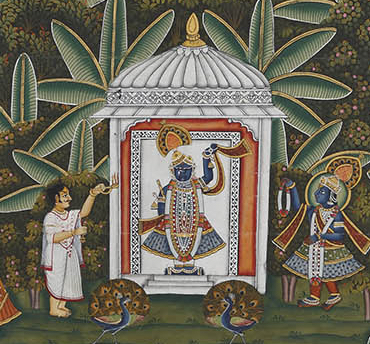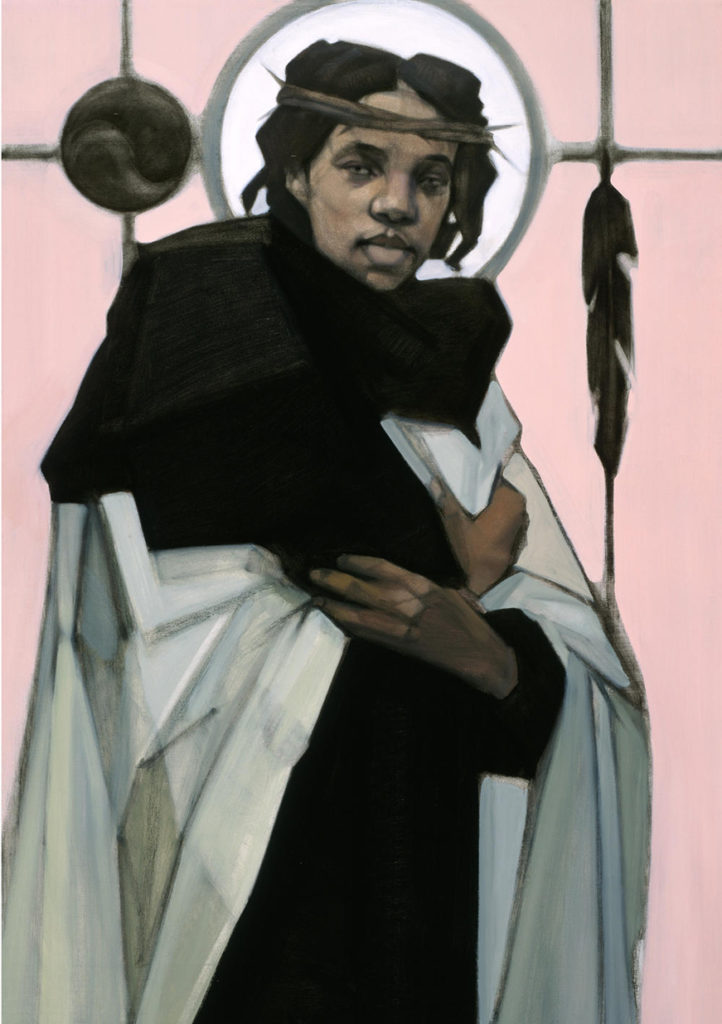
‘Jesus of the People’ by Janet McKenzie
“Jesus stands holding his robes, one hand near his heart, and looks at us – and to us. He is flanked by three symbols. The yin-yang symbol represents perfect harmony, the halo conveys Jesus’ holiness and the feather…refers to the Native American and the Great Spirit. The feminine aspect is served by the fact that although Jesus was designed as a man with a masculine presence, the model was a woman. The essence of the work is simply that Jesus is all of us.”
That’s how artist Janet McKenzie described her painting, which won the first prize in Jesus 2000, a contest run by an American newspaper at the start of the millennium to find new representations of Jesus Christ. But this is not a new phenomenon—and hasn’t been one for millennia. Wherever in the world Christianity has taken root, it has drawn from native cultures to create imagery that’s rich in local colour and symbolism, whether it’s through paintings, sculpture or murals. Sometimes this is a political act, a rejection of the more classically Italian/European ideals of beauty that inform popular depictions (blonde, blue-eyed, fair-skinned). But more often, it’s a sign of deep affection. It’s the way a community declares that Jesus? He’s no stranger to these parts.
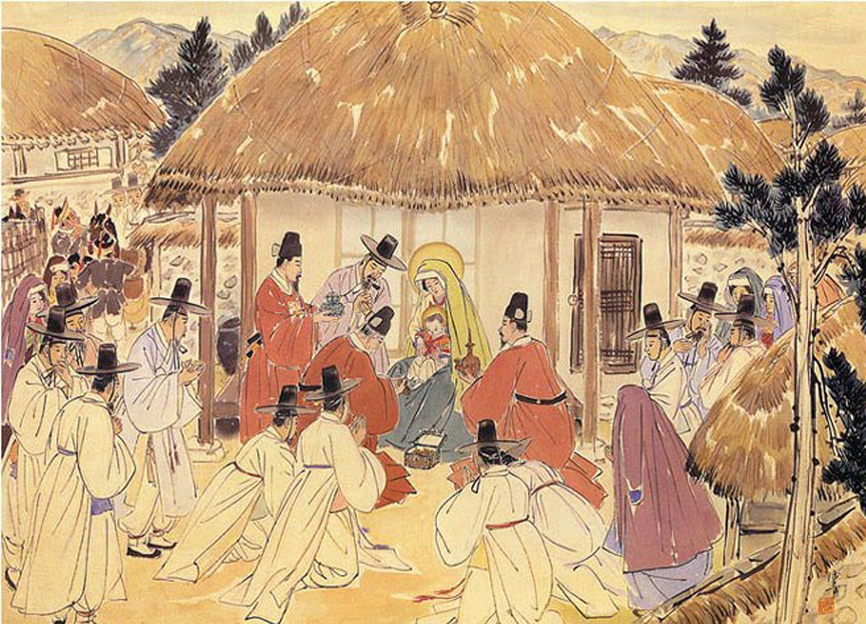
‘The Adoration of the Magi’ by Woonbo Kim Ki-Chang
In the 1950s, during the Korean War, artist Woonbo Kim Ki-Chang channeled the angst he felt at the tragedy unfolding around him into a series of paintings on Christ. They depicted Biblical stories but situated them in traditional Korean settings with the characters all dressed like royalty from the Joseon dynasty.
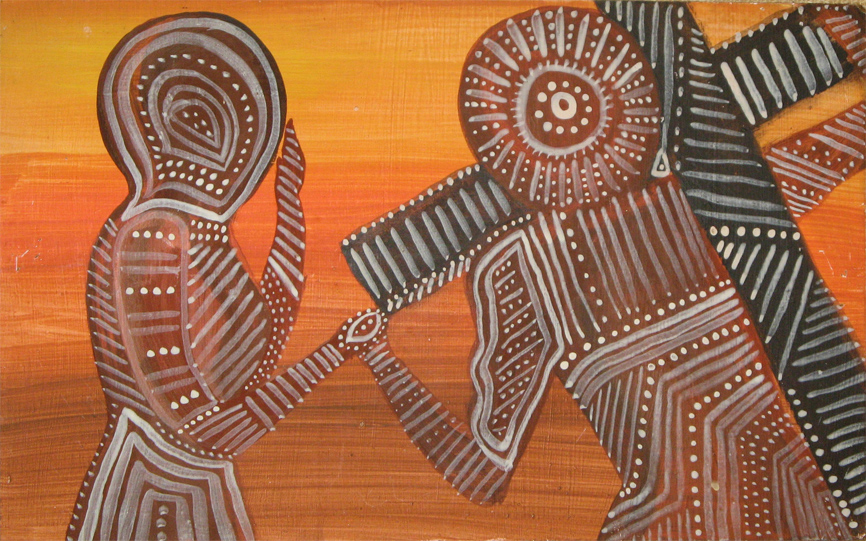
‘Stations of the Cross’ by-Miriam Rose Ungunmerr Baumann
Miriam Rose Ungunmerr-Baumann is an Aboriginal Elder, educator, activist and artist from the Northern Territory of Australia. As an artist, she is best known for her series of paintings for the book ‘Australian Stations of the Cross’. Her representation of Christ is less figurative and more symbolic so its appeal is universal. Don’t the dots and lines in her figures remind you of our own Gond art?
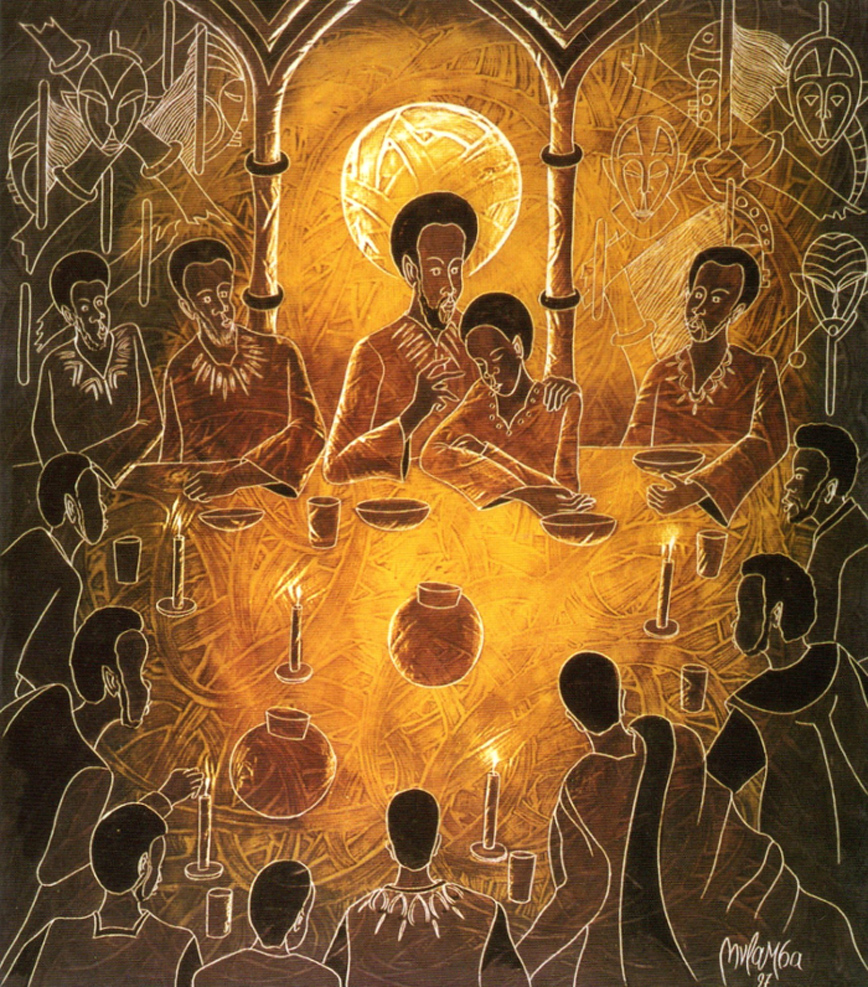
‘The Last Supper’ by Joseph Mulamba-Mandangi
Congolese artist Joseph Mulamba-Mandangi imagines The Last Supper as set inside a cosy bamboo hut and around a well-worn table. The scene is rich in cultural symbolism. According to Imb.org, “The African masks in the background, rendered using a scratching technique, suggest that this meal is initiating an important transition, a rite of passage. Jesus will be passing from life into death, then back into life, and making this passage possible for the entire community.”

A replica of the Åby crucifix in Denmark
As proud, courageous, belligerent seafarers, the Vikings needed a god who showed some of that same fierce spirit. And Jesus, of course, was the prince of peace. The crucifix above, based on a copper-and-wooden Danish cross from the year 1050-1100, represents a kind of middle-ground. The Christ of the Vikings was a victor. He wore a king’s crown and robes. Read more about the Nordic history of Christianity here.
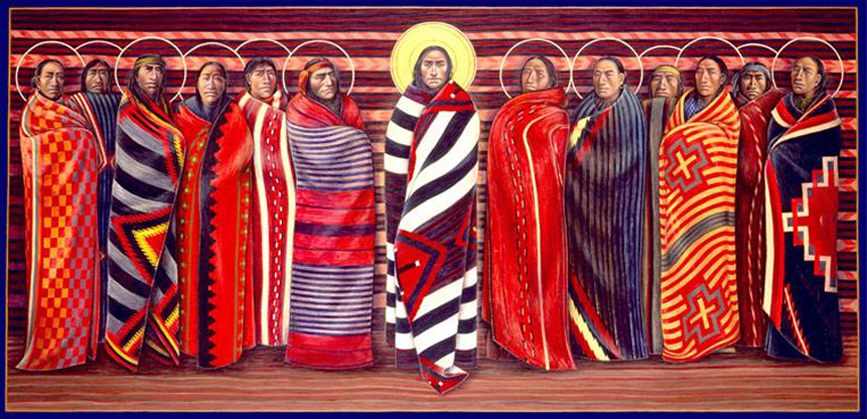
‘Jesus and the Disciples’ by Fr. John Giuliani
The son of Italian immigrants to America, a graduate of the elite Pratt Institute, New York, and a Catholic priest, Father John Giuliani used his privilege and his skill to create Christian art that was revolutionary in its own way. His work resonates deeply with people of various Native American tribes, from the Navajo (who inspired the painting above) to the Seminole, not just on a surface level but on a deeper, more existential one as well.
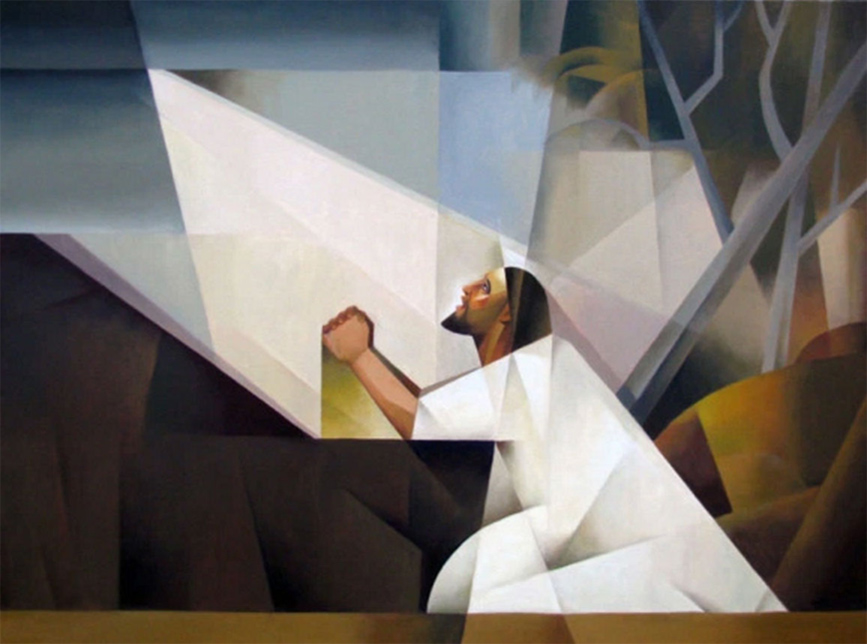
‘Gethsemane (Jesus is my Light)’ by Jorge Cocco Santangelo
Award-winning Argentinian artist and devout Mormon, Jorge Cocco Santangelo has articulated a new visual language he calls ‘sacro-cubism’, which interprets religious themes through a cubist lens. He explains what makes the style so perfect for talking about Christ: “Each style of art emphasizes a particular aspect of reality. In the case of this ‘post-cubist’ series, landscapes, objects and people are suggested vaguely, partly sacrificing the naturalism but putting composition, form, color, and harmony as priorities. The artist can better express all of these with more liberty when he is not forced to represent things as the eye sees them, but as he perceives them. With the sacred, the event is more important than the details.”



